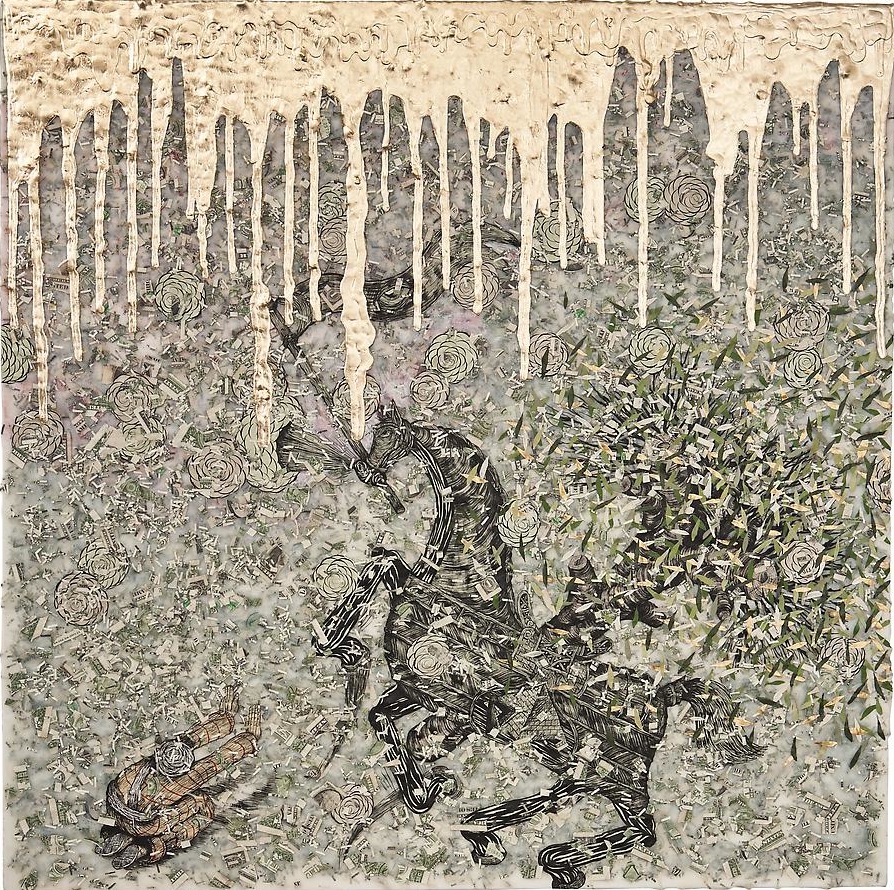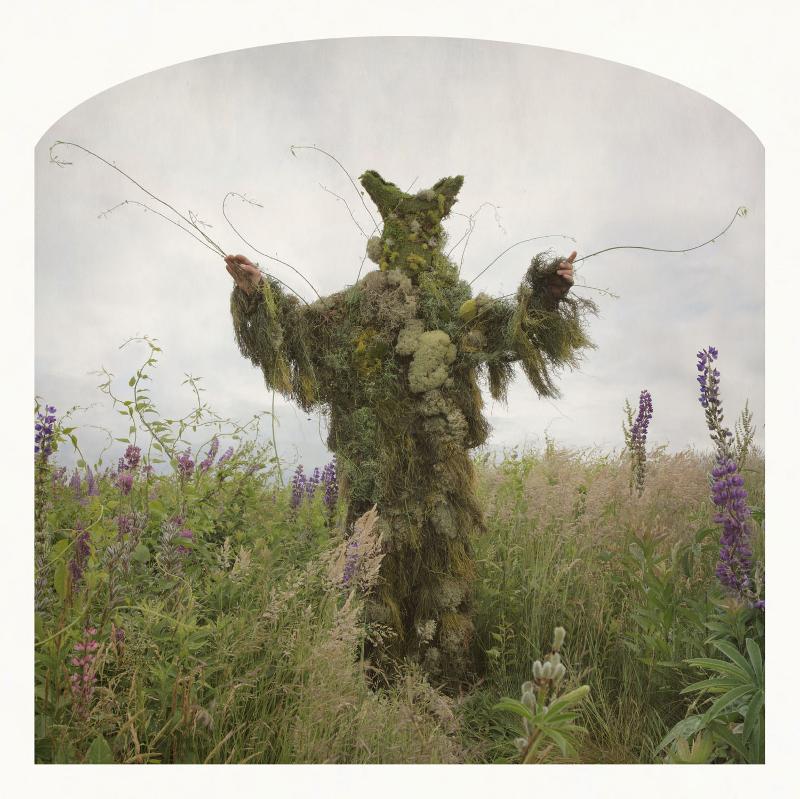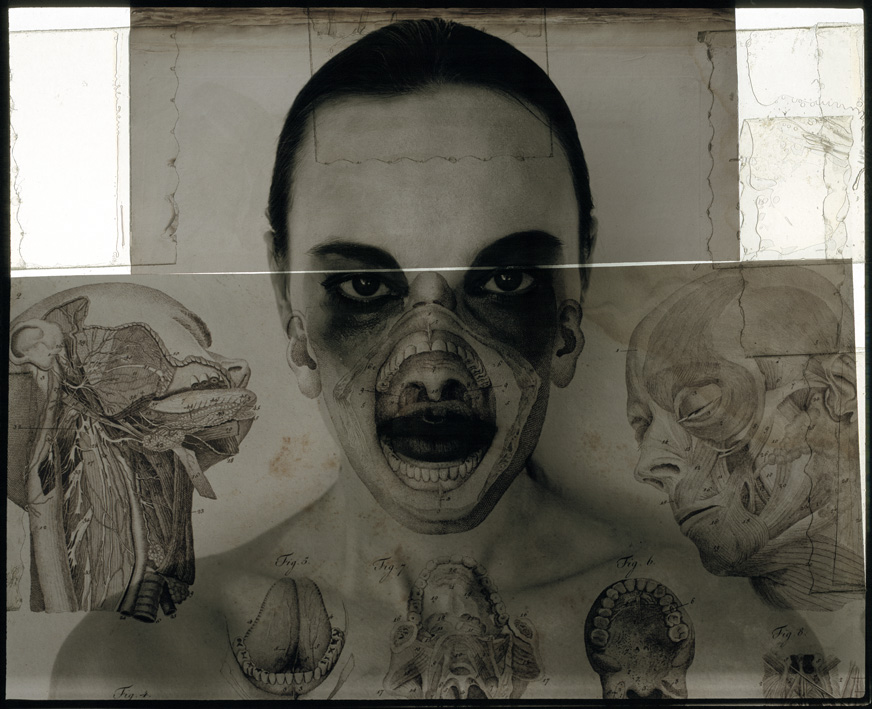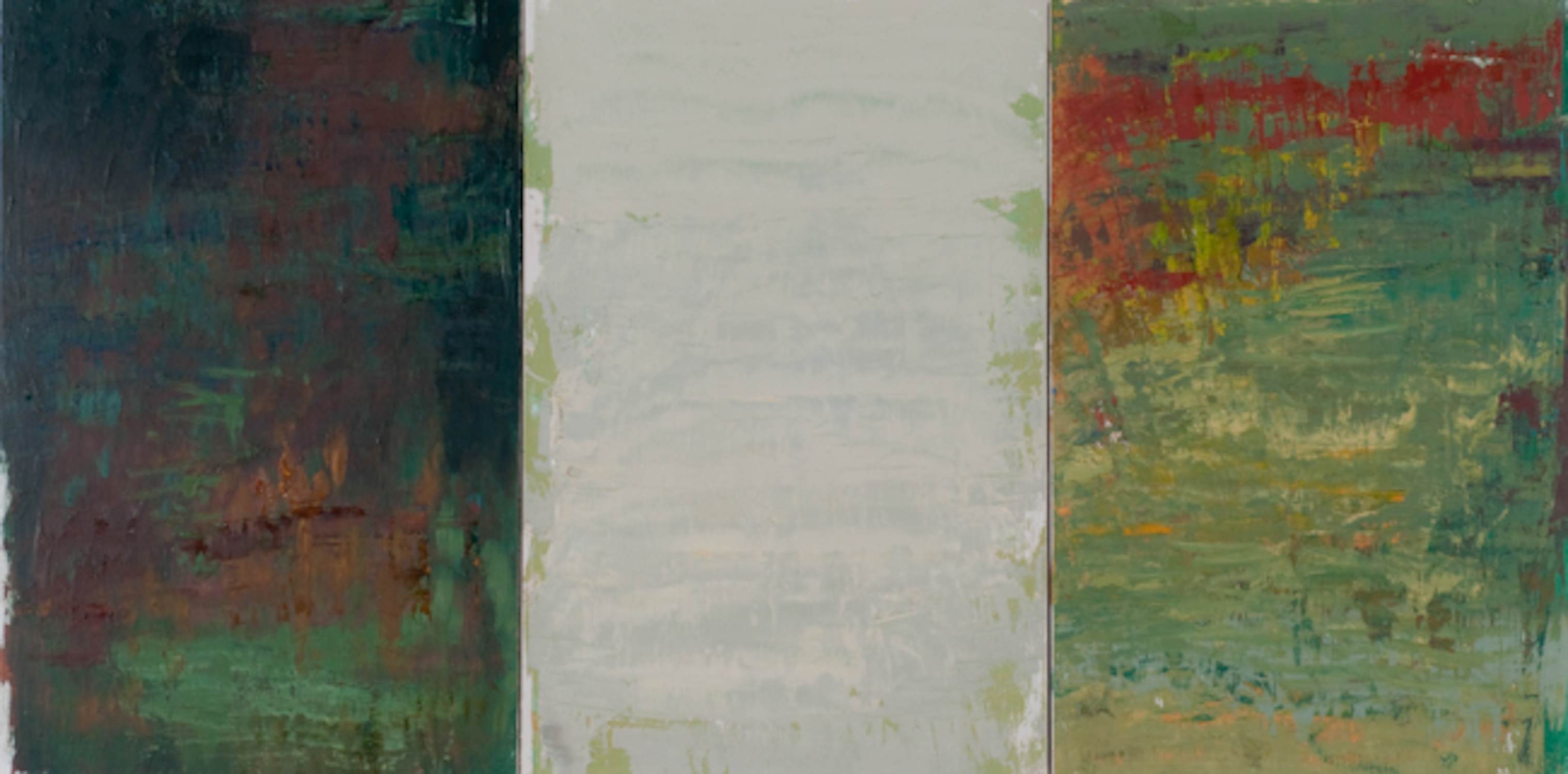
Andrew Schoultz: Fall Out | San Francisco-based artist Andrew Schoultz translates the motifs in his kinetic two-dimensional works into a real scale three-dimensional installation - presenting an interrelated combination of painting, sculpture, drawing, and collage. Referencing the social constructions and implications of a public civic center, museum, or church, Schoultz invites the viewer be seated on his handcrafted benches, and be immersed in the ramifications of our contemporaneous globalization.
Sourcing aesthetic inspiration from 15th Century German map making and Indian miniature paintings, Andrew Schoultz's frenetic imagery depicts an ephemeral history bound to repeat itself. In his mixed-media works, notions of war, spirituality and sociopolitical imperialism are reoccurring themes, which shrewdly parallel an equally repetitive contemporary pursuit of accumulation and power. While his illustrated world seems one of chaos and frenzy, Schoultz also implies a sense of alluring fantasy and whimsy -- a crossroads vaguely reminiscent of the modern world.

Kahn & Selesnick: The Carnival at the End of the World | Richard Selesnick and Nicholas Kahn have been collaborating as Kahn & Selesnick since 1988 on a series of complex narrative photo-novellas and sculptural installations. Their latest project concerns a fictitious cabaret troupe, the Truppe Fledermaus, who travel the countryside staging absurd and inscrutable performances in the abandoned landscapes beyond the town's edge. To create this 'Theater of Memory', the Truppe are as apt to commemorate the passing of an unusual cloud as they are to be found documenting their own attempts to flee the rising waters of a warming planet, or using black humor to comment upon mass extinction. In addition to using this concept to address ecological themes, Kahn & Selesnick also use it as a metaphor for the manner in which seemingly inexhaustible quantities of information are disseminated to us in the modern world.

Laura Menz: Synthetic Minds | Laura Menz is a photographer who, as a professional model, has been extensively photographed. Partly as a result, Menz's photographs seek to understand and even construct the self. Who -- or even what -- am I, asks Menz in her photographs. And, as photographic collages, made as much outside the camera as in, Menz's images ask the same about themselves.
Synthetic Minds consists of three series of photographic works, Androids, Three Acts, and Kopfgeburten. In his essay for the exhibition catalogue, Peter Frank writes that these three series "regard the self from different angles, and in doing so wonder openly what comprises the self, what defines it, what it wants to be and what it is forced to be."
In the Kopfgeburten series (a German term, "head births," meaning mental inventions), Menz moves from body to head, locating the self in the mind, and revealing the mind as a battleground for competing exterior forces. How successfully does the mind resist these invaders? How successfully does it absorb and incorporate them? Where, and how, do we distinguish ourselves from the "outside" self, and from the myriad forces that we pass through and that pass through us?

Luke Whitlatch: The Hand of the Slumber Man | This suite of paintings and drawings evoke the static experiences and moments in time that create myths and legends. These works are about what you thought you saw and how non-visual senses can be reinvented through abstraction. Color, surface and compositional elements act as placeholders for sensory information. The memory of an event is never completely rooted in the visual. The visual memory of an event can change over time as tales of this event are passed on. In the retelling of stories, exaggeration and embellishment can lead to a completely different interpretation of the event. In using abstract imagery, Whitlatch creates a foundation for interpretation and reassessment. These works originate from specific events in the artist's past, however, after they are completed, they take on a lineage of their own. An infinite narrative is created from a static image. The paintings then become nuanced by the experiences of the viewer, creating another layer of myths and legends.

Donna Brookman: Fullflood | These large works capture the elusive space between representation and abstraction. The richly layered surfaces are suggestive of water but also of the rhythmic variations within music. Paint is dragged, dripped and interwoven to create complex structures of color and light.
The title 'fullflood' refers to a poem by Denise Levertov, which uses the metaphor of the river in full flood to suggest the fullness of life. Brookman believes that metaphor is central to most art, and we that seek art which reflects the core human realities of presence and absence, life and death, physicality, and sexuality. The paintings are both contemplative and energetic, suggesting a great range of emotion.
Brookman seeks to redirect our attention, to create a sense of presence in the world. She says:
I approach painting as a lover of the world. I ultimately feel it's a more powerful stance than the ironic or polemic -- engaging the imagination, memory, and senses helps us to value what we have. And, of course, that is what is essential now.
For the most comprehensive calendar of art events throughout Los Angeles go to Artweek.LA.